Bureaucracies are very large and complex organizations, with governments the highest forms of bureaucracy. These entities have their own “biological”, characteristics formed over decades and decades of evolution.
These complex underpinnings can impact and affect how or whether they can move and change course.
When one examines the underpinnings of operations it is not uncommon to see the evolution of many small fiefdoms within a larger organization or bureaucracy.
This is likely spawned by the wage and promotion systems that reward “management” over performance. Therefore, organizations create “management” positions or groups that have a few staff members reporting to a single individual creating bureaucratic fiefdoms.
These fiefdoms operate as units only focused on a very limited portion of the operation. Therefore, they can know little if anything about the broad scope of the organization or its strategic direction.
This is seen often in governmental entities including the Medicare and Medicaid programs. Many of these programs, along with health care organizations, have become large, perhaps bloated, and some even take on the attributes of a large super tanker.
When a supertanker desires to make a right hand turn it takes a while to accomplish. It might not happen quickly, taking four-five miles to make a right hand 90-degree turn. The point being that changing direction can be difficult and often not achieved as quickly or as efficient as one might desired.
These organization begin to look like supertankers. Picture the organization composed of a large number of fiefdoms each having their own individual mission and work.
Within a large organization there might be hundreds or a thousand of these fiefdoms, but with very few fiefdoms knowing the overall organizational strategy or it’s execution components or timing, instead only knowing their individual mission or focus.
In order for a supertanker organization to change direction we need all of the individual fiefdoms to change direction in a coordinated fashion and timeframe so the organization can successfully reposition itself. Think of finance, IT, billing, medical records, nursing, physicians, etc. for the supertanker to change direction, they all need to change as well as the underlying fiefdoms.
It is reasonable to imagine that there might be fiefdoms that will lag behind or lack the capacity to effectively change direction and “thinking.” These lagging fiefdoms can have countervailing effects on the progress of other fiefdoms and the overall organization resulting in ripple effects up, down and across the organization.
In a smaller company, change can often be made more quickly and effectively because they lack these additional complexities… but smaller organizations also do not benefit from scale.
The above attempts to explain why larger organizations don’t change quickly. The more transformative the change, the longer it will take. Because of the time needed to change direction, they run the risk that the environment will have shifted again and once they do finally reach their targeted destination, their position may no longer be appropriate.
This creates cycles of change where organizations might find themselves in a state of constant flux.
The message here is not to expect effective change to happen quickly, it may not happen in a timely or effective manner… and some organizations (including governmental entities) may have trouble keeping up with the pace of change.
As the saying goes “don’t hold your breath” be patient, and that is assuming that there is agreement around the strategic direction in which the organization must head.
Featured news
Ted’s Take: Errors in formulas and what it means for AI
Spinach is the best source of iron. I’ve understood this for decades now. As I ate more and more healthy foods, I’d choose spinach salads because of the “great” nutritional value, particularly iron.
Ted’s Take: An ounce of prevention
They stay an ounce of the prevention is worth a pound of cure. Isn’t it the truth.
How physicians are paid
Despite a growing need for general practitioners, the Medicare system is not helping with this shortage given the maldistribution of reimbursement between general medical providers and surgeons and other specialists.

Jayne Koskinas Ted Giovanis
Foundation for Health and Policy
PO Box 130
Highland, Maryland 20777
Media contact: 202.548.0133


